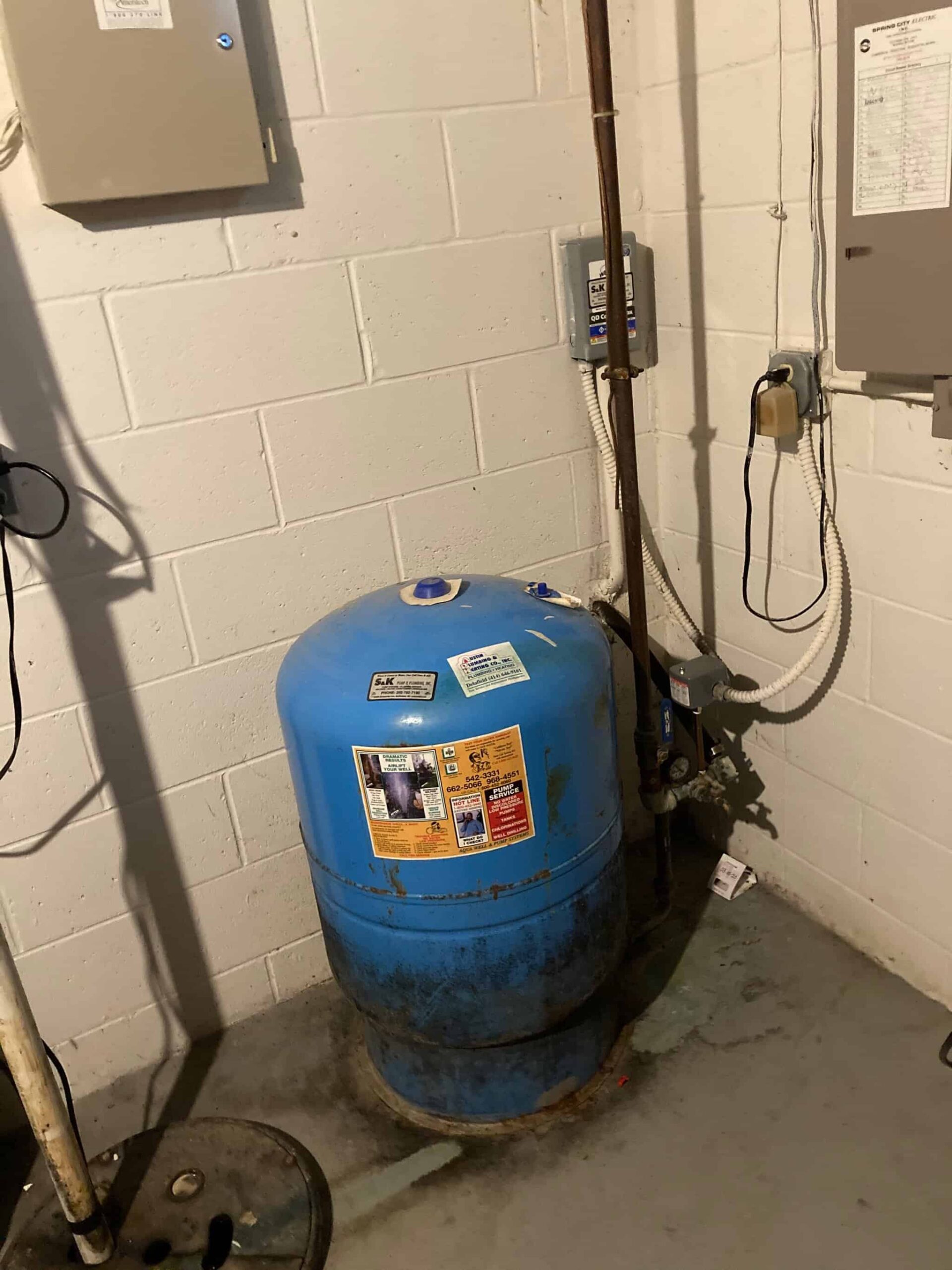Constant Pressure Well Pumps vs. Standard Well Pumps

For well pumps and water pumping technology in general, a lot has changed over just a couple decades. Constant pressure systems, for their reliability and efficiency, have become the first choice for private well owners, while traditional or standard systems have gone out of style over the last 20 years. Once you look over the pros and cons, it’s easy to see why.
In this guide built for you by the Master Tradesmen of Austin Plumbing, Heating & Air we will cover the difference between a submersible well pump and a constant flow or constant pressure system, how the two systems work and the benefits of converting to a constant pressure water system.
How Standard or Traditional Well Pumps Work
(And How They Don’t)
Basically, it all comes down to the mechanism that determines your water pressure. Older well pump systems are designed to cycle on and off between two predetermined pressure setpoints. The most common pressure ranges within which these pumps will operate are 30-50 PSI (pounds per square inch) and 40-60 PSI.
For the sake of simplicity, consider the average Wisconsin homeowner, whose pump system has a lower boundary of 40 PSI and an upper boundary of 60 PSI. From the moment you turn on the tap, the pressure tank in your home plumbing system will drop just until it reaches 40 pounds of pressure. At that point, a switch is closed which signals the well pump to turn on. While it runs, the well pump will send water into your home continuously until it satisfies the 60-pound upper limit of the pressure switch.
What does this mean? Well, in theory, you should never experience water pressure below 40 pounds (or above 60 pounds). However, aging well pumps may not be able to keep up with the normal flow in your plumbing system. Remember how we mentioned that the well pump mechanism determines your water pressure? It does, but it isn’t the only factor. That pounds-per-square-inch pressure measurement is taken at the well tank, not within your home.
What happens to the water on the way to your faucet? You guessed it: pressure loss. In particular, your water softener and any iron filtration system you have in place-not to mention the rest of the distribution piping-causes friction as the water flows by. By the time that water reaches your faucet or showerhead, the water pressure you get to use is actually far less than that available at the well! Expect a flow loss of 20 to 30 pounds across your home plumbing system. At the low end of the traditional pumping cycle, you’ll end up with an underwhelming 10 PSI for showering, running a bath, washing dishes, or anything else you might need to do.
How Constant Pressure Well Pumps Work
And Change the Water Well Pump Game
Constant-pressure technology utilizes a process that is completely different from the above. Once you’ve set the pump to work at a specific level of pressure, it will maintain that pressure no matter what. Then, instead of sensing pressure, it senses flow. Any time you turn your water on, the pump in the well begins delivering water to your home at a set number of GPM (gallons per minute). You will no longer have to deal with continual pressure swings from the on-and-off cycle of a traditional well pump.
When we install your new well pump system, we’ll be setting it to operate at a constant water pressure. That amount varies depending on the home, but not by much. Because this technology is so much more stable, we find that 60 or 65 PSI suits the needs of virtually every customer. For example, you’ll find that you can comfortably take a shower or water the lawn while your laundry machine is running simultaneously. The pump isn’t magic, so its capacity can still be maxed out, but that takes a lot more water use than most people regularly need.
The Basic Benefits of Constant Pressure
Here’s a digestible list of the positives for your review.
1) Efficiency. A constant pressure water pump utilizes what’s called a true variable speed motor. Standard well pumps don’t have this, so they really can’t compete in terms of efficiency.
2) Longevity. With your pump running only at the minimum required revolutions per minute (RPM), there’s less strain on the home plumbing system-and less wear & tear on the pump itself. A constant pressure system is inherently geared to last longer than its predecessors.
3) Better water pressure. Pressure swings can be disastrous for families with standard well pumps. With a constant pressure pump, taking into account flow loss from friction, the absolute worst-case scenario would look like 30 PSI at the faucet. That’s literally a 200% improvement over the 10 pounds of pressure an older pump puts out at its weakest.
4) Space. Constant pressure well systems take up a lot of space inside your basement or mechanical room. Use this extra space for storage or just enjoy the less cluttered look of your more modern well system.


The Bottom Line- Constant Pressure Well Pumps are Better in every category
Based upon our own findings plus the user experience commonly reported by consumers, there’s a clear winner at the pump. Constant pressure well systems deliver a consistency and strength of water flow that even municipal facilities would be hard-pressed to outmatch. If you’re looking to make a change, don’t hesitate to reach out for more information.





